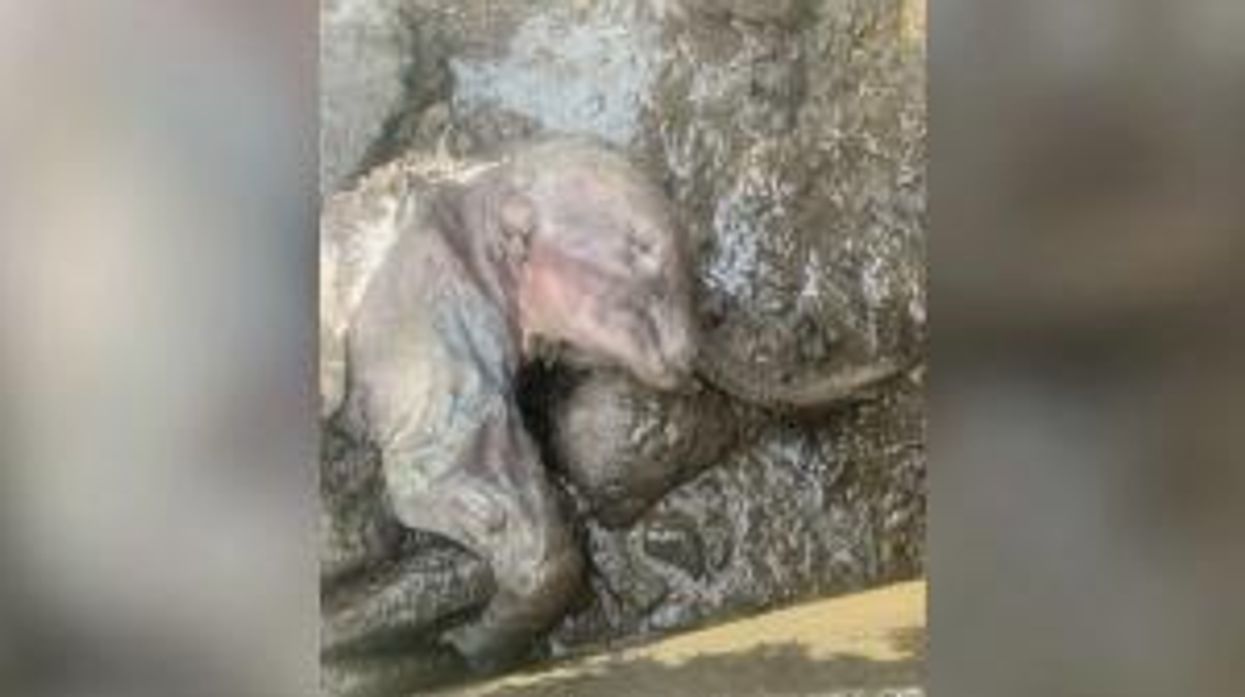Ellie Abraham
Oct 03, 2022
Discovery of Near-Perfect Mummified Baby Woolly Mammoth Makes Ice Age Paleontologist Dream …
Buzz 60
The CIA is investing in technology that could help resurrect long-extinct species like the woolly mammoth, but why?
With the climate crisis well and truly upon us, scientists are trying to figure out ways of protecting species whose existence is balanced on a knife edge thanks to the man-made problems facing them and their habitats.
But, while some are actively trying to prevent species from dying out completely, others are looking at more unconventional methods that may stop anything from truly being extinct.
The “de-extinction” method is one such way, as scientists attempt genetic cloning on DNA from long-dead specimens to resurrect them.
Right now, scientists in Australia are attempting to use the method to resurrect Thylacines, also known as the Tasmanian tiger, which is thought to have gone extinct in 1936.
And it seems the CIA is even getting involved in the technology, as its venture capital non-profit firm, In-Q-Tel, added the de-extinction company Colossal Biosciences to its investments.
Sign up to our new free Indy100 weekly newsletter
Colossal Biosciences has set its ambitions high as it hopes to use a gene engineering technique called CRISPR to “see the Woolly Mammoth thunder upon the tundra once again”.
Along with bringing a carbon copy of the prehistoric mammal back, the company hopes to restore the Mammoth Steppe – the habitat where Woolly Mammoths once roamed and formerly the Earth’s most extensive biome.
It’s hoped the conservation and restoration efforts will prevent the arctic permafrost from melting and stop the large amount of methane trapped within it from being released.
According to the CIA-funded firm In-Q-Tel, its investment in the de-extinction company is less to do with the animals it’s hoping to resurrect, but more to do with keeping an eye on the capabilities of emerging technology as it could have massive implications in a range of areas.
Have your say in our news democracy. Click the upvote icon at the top of the page to help raise this article through the indy100 rankings.
Top 100
The Conversation (0)














